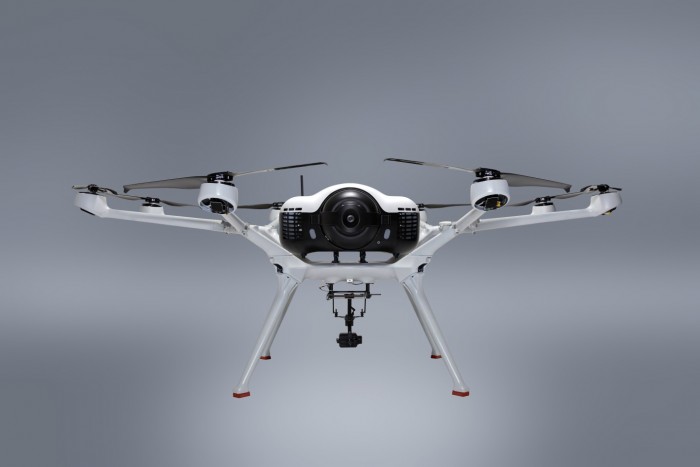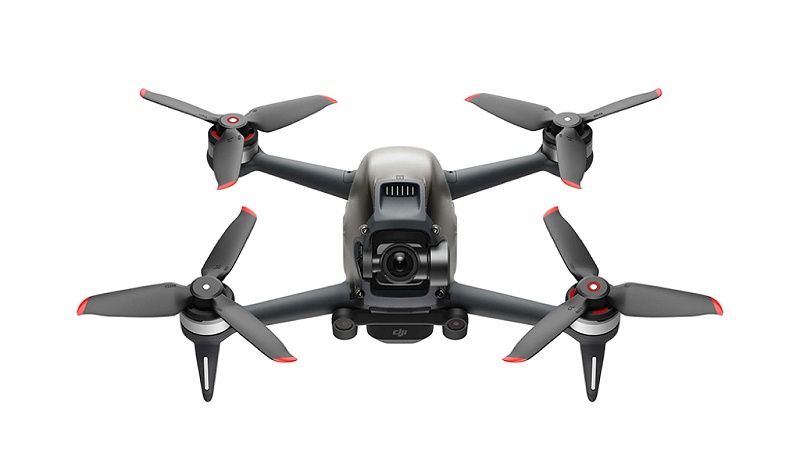Drones equipped with thermal cameras are transforming various industries by providing advanced capabilities for inspection, surveillance, and data collection. These aerial devices, integrated with infrared imaging technology, allow users to visualize temperature variations which are invisible to the naked eye, making them crucial for applications like search and rescue, agriculture, and wildlife monitoring. As the demand for drones with thermal cameras grows, understanding their myriad uses and benefits becomes paramount.
The Advantages of Thermal Camera Drones
Thermal drones are equipped with specialized sensors that detect infrared radiation, converting it into heat maps that can highlight differences in temperature. This unique ability facilitates detailed inspections and ensures operational efficiency. A notable advantage is the capacity to survey difficult-to-access areas, all while capturing essential data without human intervention.
Applications in Industry
In the realm of construction and infrastructure, drones with thermal cameras play an invaluable role. Regular monitoring allows teams to detect structural issues early, preventing potential incidents. In agriculture, thermal imaging helps identify crop health and hydration levels, optimizing resource use and enhancing yield. Moreover, in the energy sector, these drones are pivotal for inspecting solar panels and electrical installations, detecting anomalies that could compromise systems.
Enhanced Search and Rescue
When it comes to search and rescue operations, drones with thermal cameras offer unforgettable advantages. Their ability to function in challenging conditions—such as smoky areas or nighttime scenarios—enables teams to locate individuals based on heat signatures, vastly improving the chances of successful recovery missions.
- Wildlife Monitoring: Track and study animals without disturbing their natural habitat.
- Firefighting Support: Locate hotspots and assess fire spread efficiently.
Choosing the Right Drone with Thermal Camera
Choosing the appropriate drone involves considering various factors like flight time, camera resolution, and ease of use. It’s crucial to assess the specific requirements of your mission to select an ideal model that caters to your needs.
Challenges and Considerations
Despite their numerous advantages, drones with thermal cameras are not devoid of challenges. Privacy concerns, regulatory restrictions, and operational costs are some obstacles users might encounter. Understanding these facets can help users mitigate issues and harness the full potential of their drones.
Frequently Asked Questions
A: Industries such as construction, agriculture, energy, firefighting, and wildlife conservation see the most benefit due to their need for precise and efficient data collection.
Q: Are thermal drones difficult to operate?
A: While they integrate advanced technology, most drones are designed with user-friendly interfaces. The complexity depends on the drone model and its specific features.
 Q: How do thermal cameras improve firefighting strategies?
Q: How do thermal cameras improve firefighting strategies?
A: Thermal cameras can identify hotspots and areas of potential fire expansion, guiding firefighting teams in deploying resources more effectively and minimizing damage.
Conclusion

Drone technology, when integrated with thermal imaging capabilities, offers unprecedented advantages across various sectors. By leveraging these advanced tools, industries can improve operational efficiency and expand the scope of critical tasks.